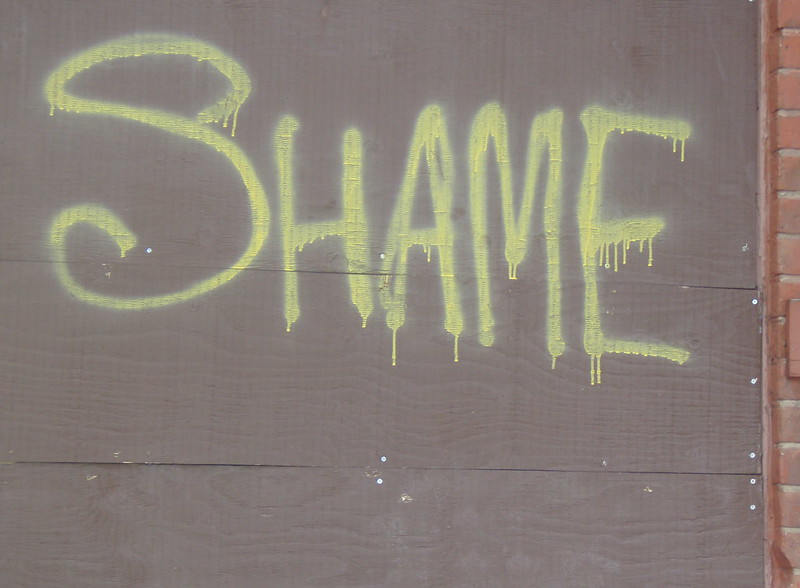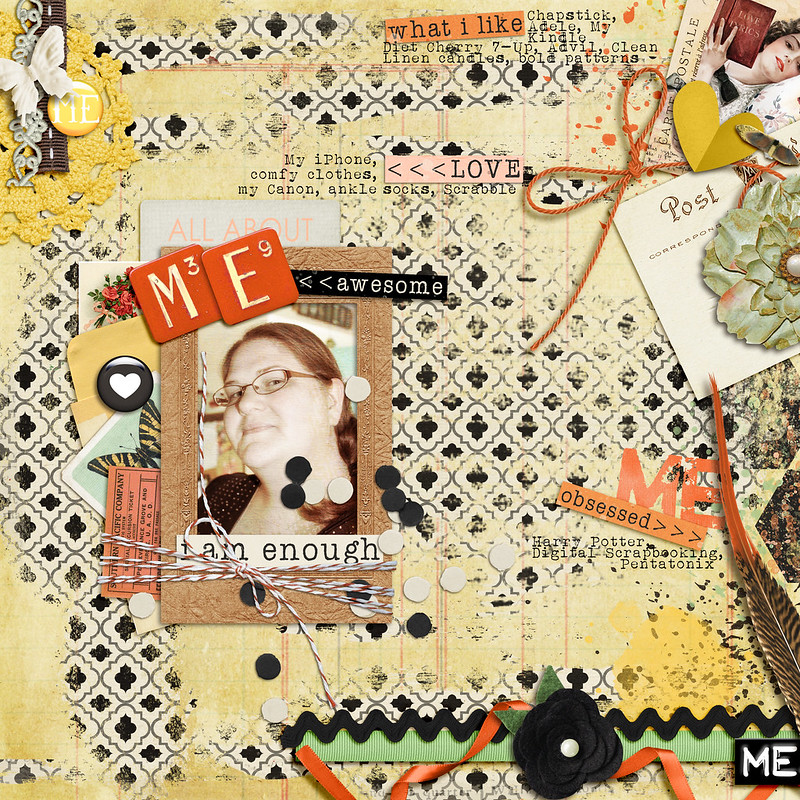Did you ever get a random-seeming marketing email with exactly what you needed in it?
This morning, I got one from the folks at Blue Ocean Strategy. They’re a business strategy consulting firm, and I’m not sure exactly when or why I signed up for their email. But I’m grateful I did!
Today’s email had a link to this Harvard Business Review article that they wrote back in 2003 about a concept called “Fair Process.” As I read it, I felt my understanding and awareness shift in some really important ways. “Outcomes matter” to people, say Kim and Mauborgne, the authors, “but no more than the fairness of the processes that produce them.” And fair process, as they define it, has three key elements that they call
- Engagement
- Explanation
- Expectation Clarity

“Dan Flavin – Structure and clarity – Tate Modern Museun London” by www.twin-loc.fr is licensed under CC BY 2.0.
As soon as I saw that list, even before I read their definitions of the terms, it hit me: that’s the missing piece!
If you’re a teacher, and you’re feeling Stuck and frustrated and unappreciated by your administrators, colleagues, parents, and students – if you’re pretty sure or very sure that you want out of education as a field – at least one of those elements is probably missing. If you’re a language teacher and you – or your students – are Stuck, Stuck on a particular concept or Stuck at a particular level of proficiency, at least one of those elements is probably missing. If you’re a homeschooling family and you’re Stuck, with a child who wants to learn a particular subject and “can’t” with the tools and resources you can access, same issue: at least one of those fair process elements is probably missing. Same issue if you’re an adult learning a language on your own and you’re Stuck on a concept or Stuck at a level of proficiency.
Stuck usually means at least one of those three elements is missing, or there isn’t the right amount of it to meet your needs.
Sometimes all three are missing and the situation is almost intolerable. If you read the whole article, they have a long, painful Story about that. Sometimes two are missing and it’s “just” painful and unpleasant. Sometimes one is missing and it “just” hurts to deal with.
Since you’re reading this, I bet you feel in your heart that expectation clarity is missing from your problem situation. When there isn’t expectation clarity, an IT – a seemingly unsolvable problem or unachievable result – is right around the corner. And as we discovered earlier in this blog series, where there’s an IT, there’s usually a missing Spark. And where there’s a missing Spark, the pain is deep – it’s an Identity-level pain because the Spark lights the way to the identity-level gift that is yours.
Are you ready to locate that Spark and see where it’s leading you?









